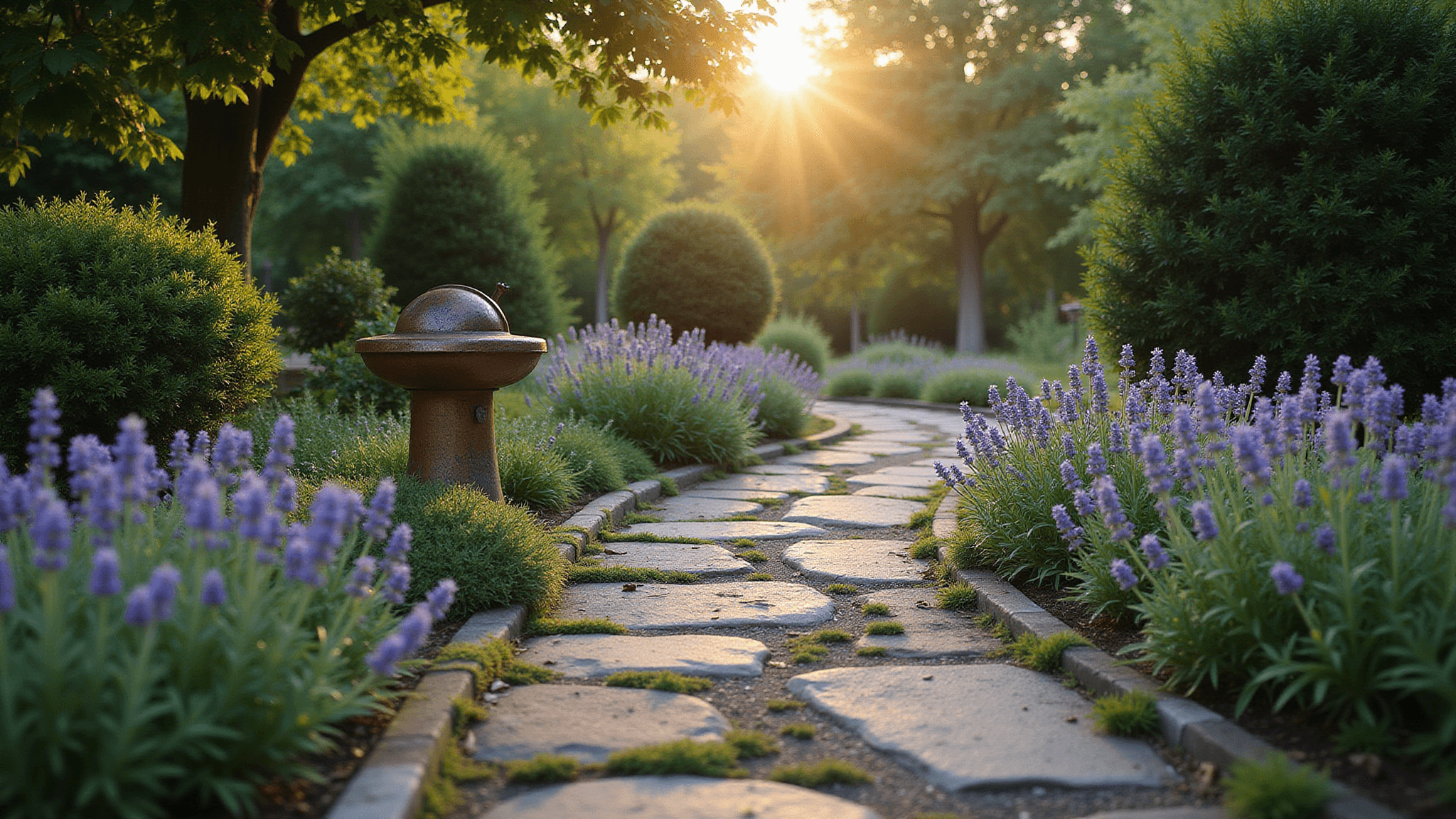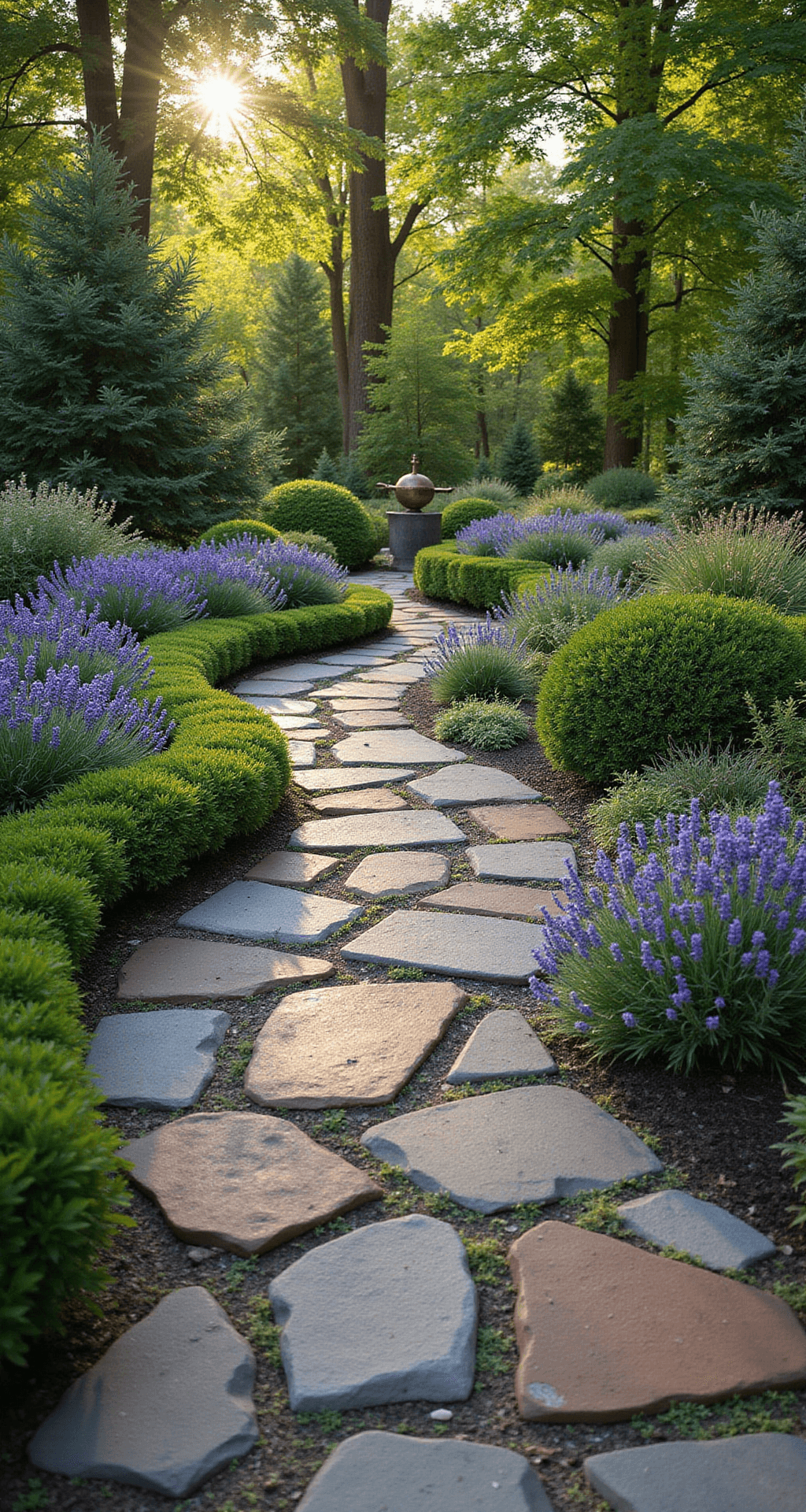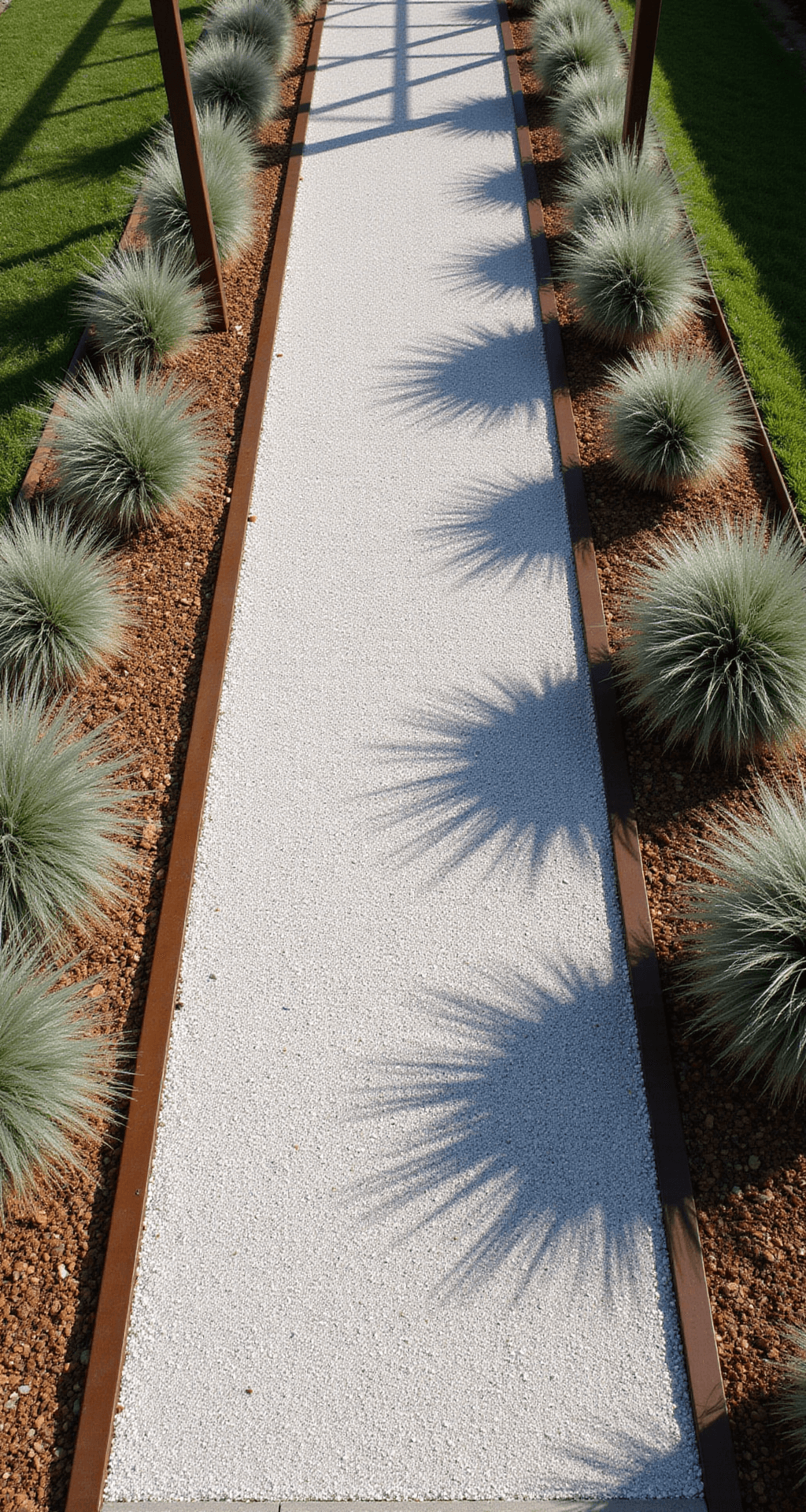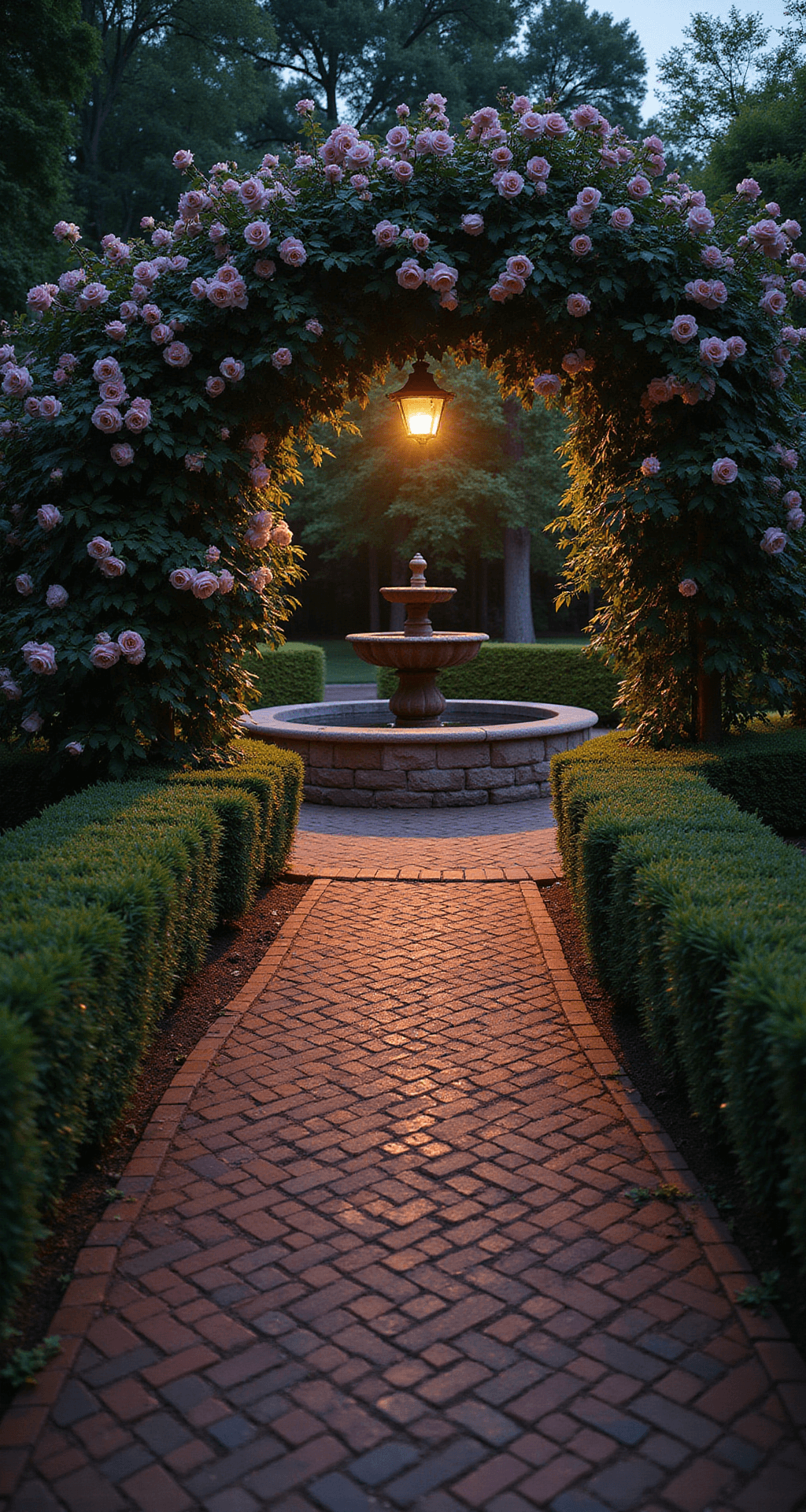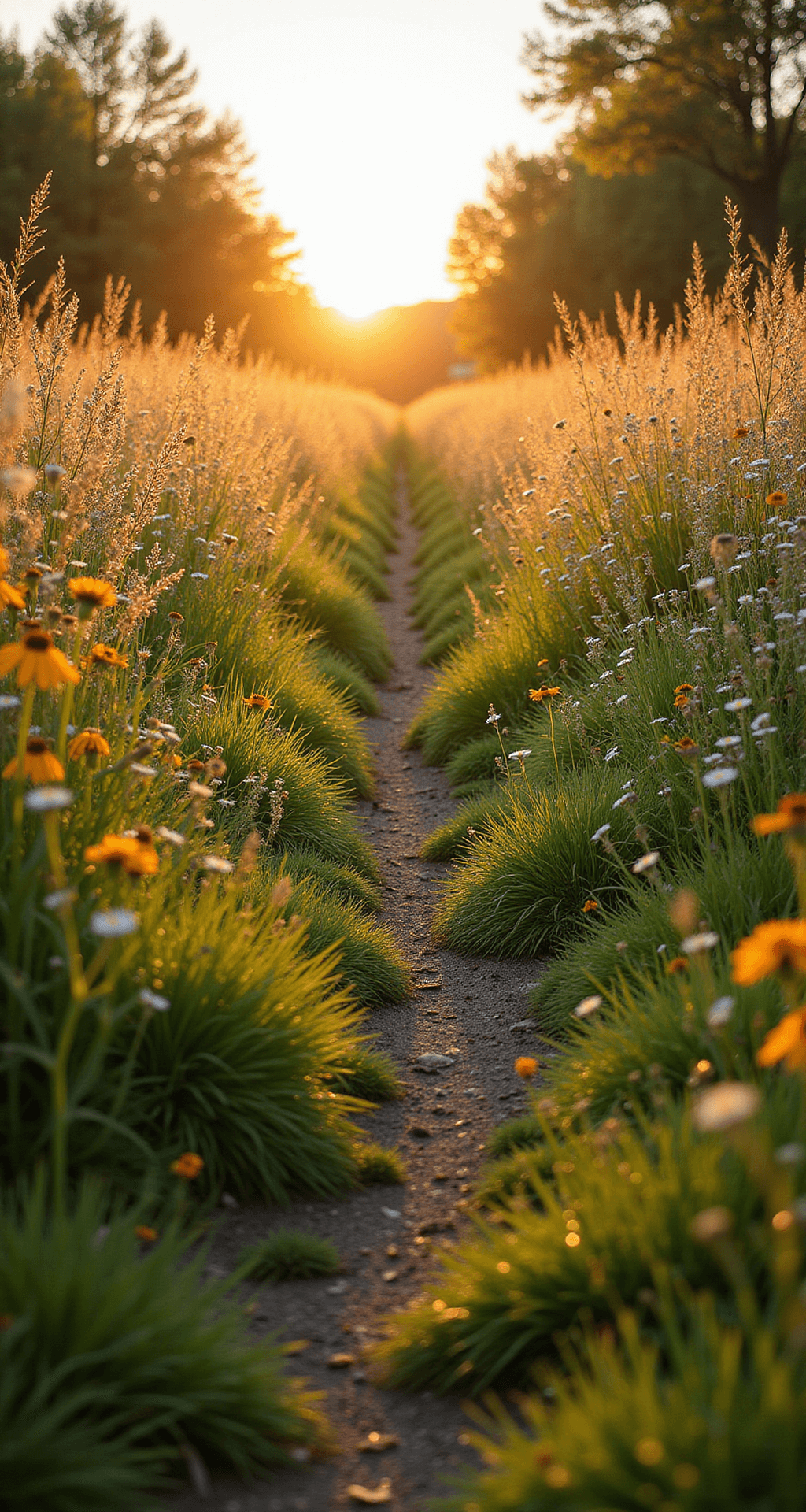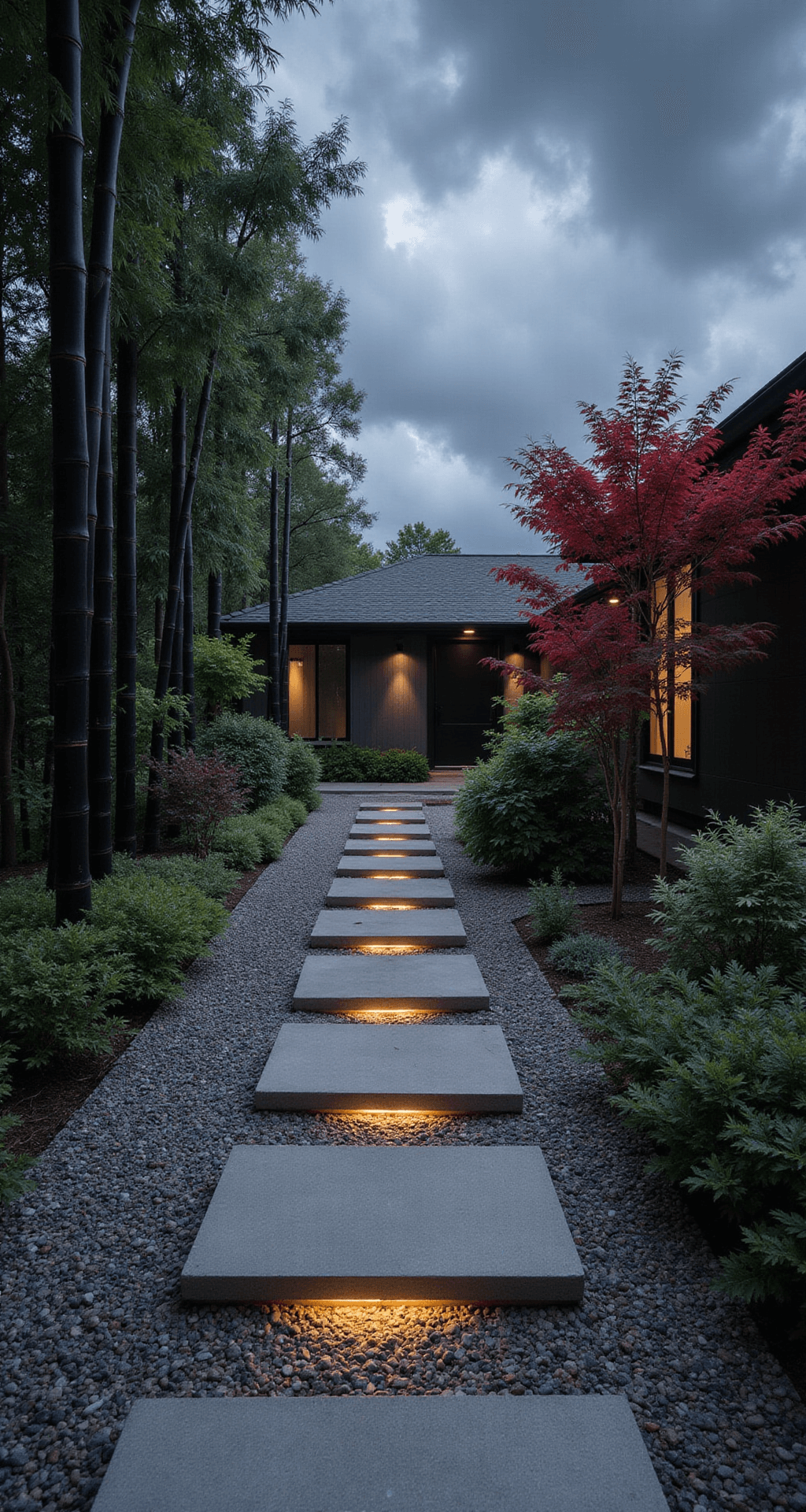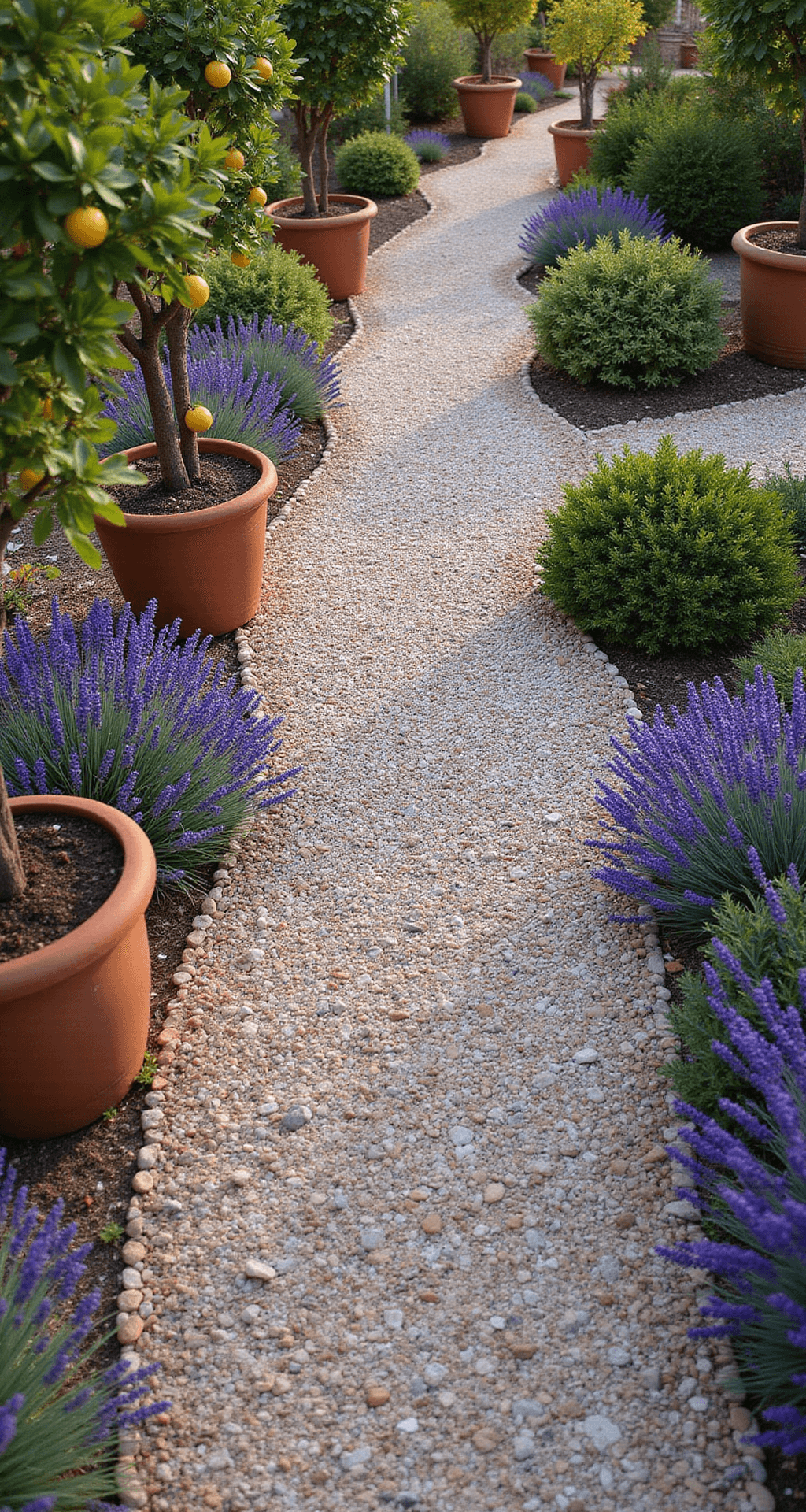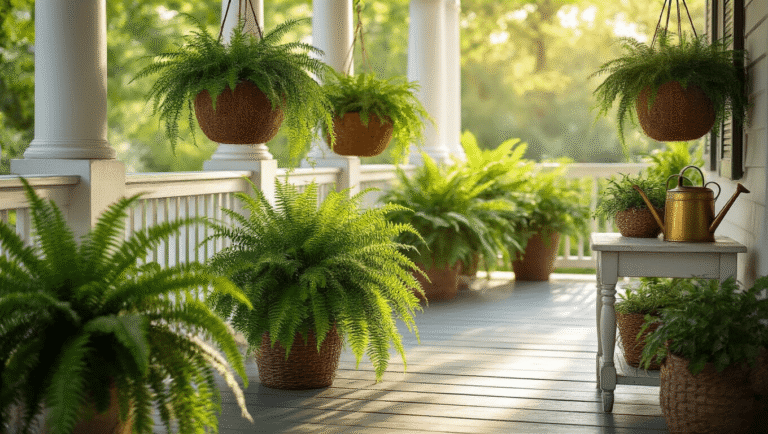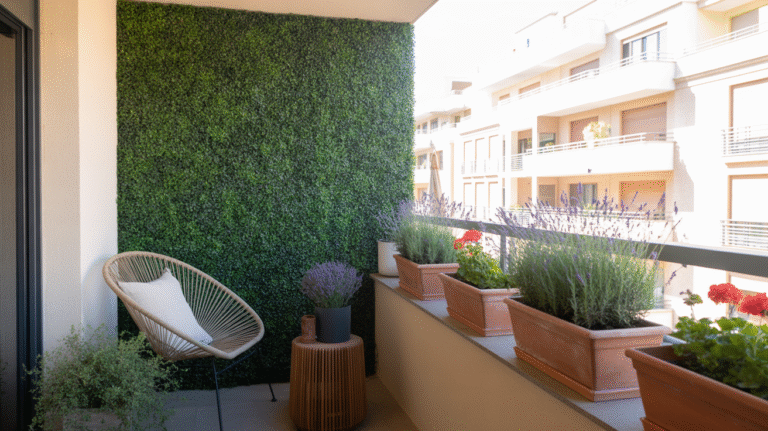This post may contain affiliate links. Please see my disclosure policy for details.
Garden Pathways: Your Ultimate Guide to Creating Stunning Outdoor Walkways
Contents
- Garden Pathways: Your Ultimate Guide to Creating Stunning Outdoor Walkways
- Why Garden Pathways Matter
- Types of Garden Pathways: Something for Every Style
- Design Principles: Making Your Path Pop
- Step-by-Step Path Creation
- Pro Tips for Stunning Pathways
- Common Mistakes to Avoid
- Maintenance Matters
- Final Thoughts
Ever wondered how to transform your garden from bland to breathtaking? Garden pathways are the secret weapon that can completely revolutionize your outdoor space.
Why Garden Pathways Matter
Garden pathways aren’t just about getting from point A to point B. They’re about:
- Creating visual interest
- Guiding visitors through your landscape
- Adding structure to your garden design
- Solving practical movement challenges
Types of Garden Pathways: Something for Every Style
1. Stone and Flagstone Paths
Perfect for: Traditional and natural-looking gardens
Pros:
- Extremely durable
- Timeless aesthetic
- Works in multiple landscape styles
2. Gravel Paths
Perfect for: Informal and relaxed garden settings
Pros:
- Budget-friendly
- Easy to install
- Provides excellent drainage
3. Brick Pathways
Perfect for: Formal and cottage-style gardens
Pros:
- Classic appearance
- Neat and structured
- Long-lasting material
4. Natural Grass Paths
Perfect for: Meadow and woodland gardens
Pros:
- Zero material cost
- Supports local wildlife
- Blends seamlessly with surroundings
Design Principles: Making Your Path Pop
Choose Your Style
- Traditional: Structured, geometric layouts
- Modern: Minimalist, clean lines
- Cottage: Soft, meandering routes
- Natural: Organic, wild-looking paths
Key Placement Considerations
- Analyze your yard’s size and terrain
- Determine primary movement patterns
- Consider drainage and sunlight
Step-by-Step Path Creation
- Site Preparation
- Clear existing vegetation
- Level the ground
- Mark proposed pathway
- Material Selection
- Match material to garden style
- Consider maintenance requirements
- Factor in budget constraints
- Edge Management
- Use edging materials to prevent spread
- Create clean, defined borders
- Consider metal, timber, or brick edges
- Installation
- Ensure stable, even surface
- Use proper base materials
- Allow for slight drainage slope
Pro Tips for Stunning Pathways
Visual Enhancements
- Add focal points like benches or statues
- Incorporate complementary plantings
- Use lighting for nighttime ambiance
Budget-Friendly Hacks
- Repurpose reclaimed materials
- Use solar pathway lights
- DIY stepping stones
Common Mistakes to Avoid
❌ Don’t:
- Use slippery materials in wet climates
- Forget proper edging
- Create paths too narrow
- Ignore existing traffic patterns
Maintenance Matters
Keep Your Path Looking Fresh
- Regularly remove weeds
- Replenish mulch/gravel
- Clean stone surfaces
- Trim surrounding vegetation
Final Thoughts
Garden pathways are more than functional—they’re an art form. Whether you prefer rustic charm or modern minimalism, there’s a perfect pathway waiting to elevate your outdoor space.
Pro Tip: Always visualize your entire garden when designing paths. They should feel like a natural, integrated part of your landscape.
Ready to transform your garden? Start planning your dream pathway today!

